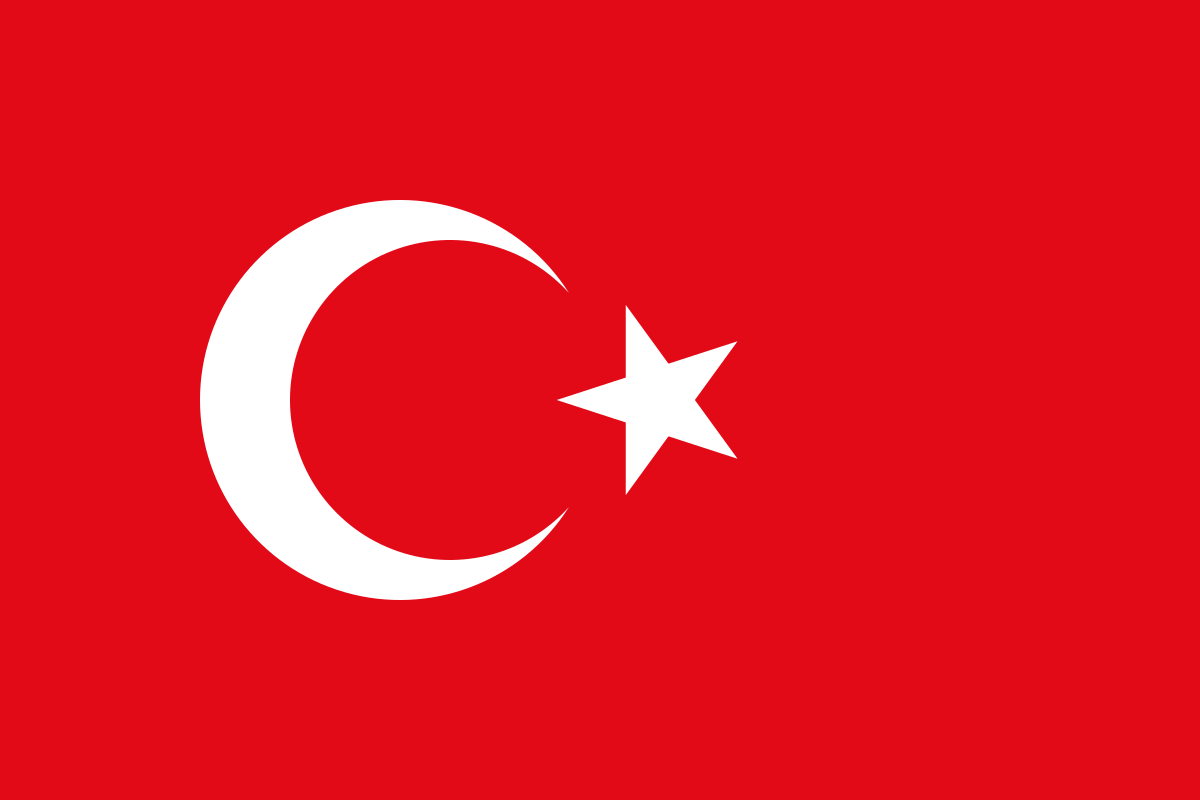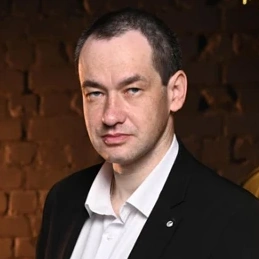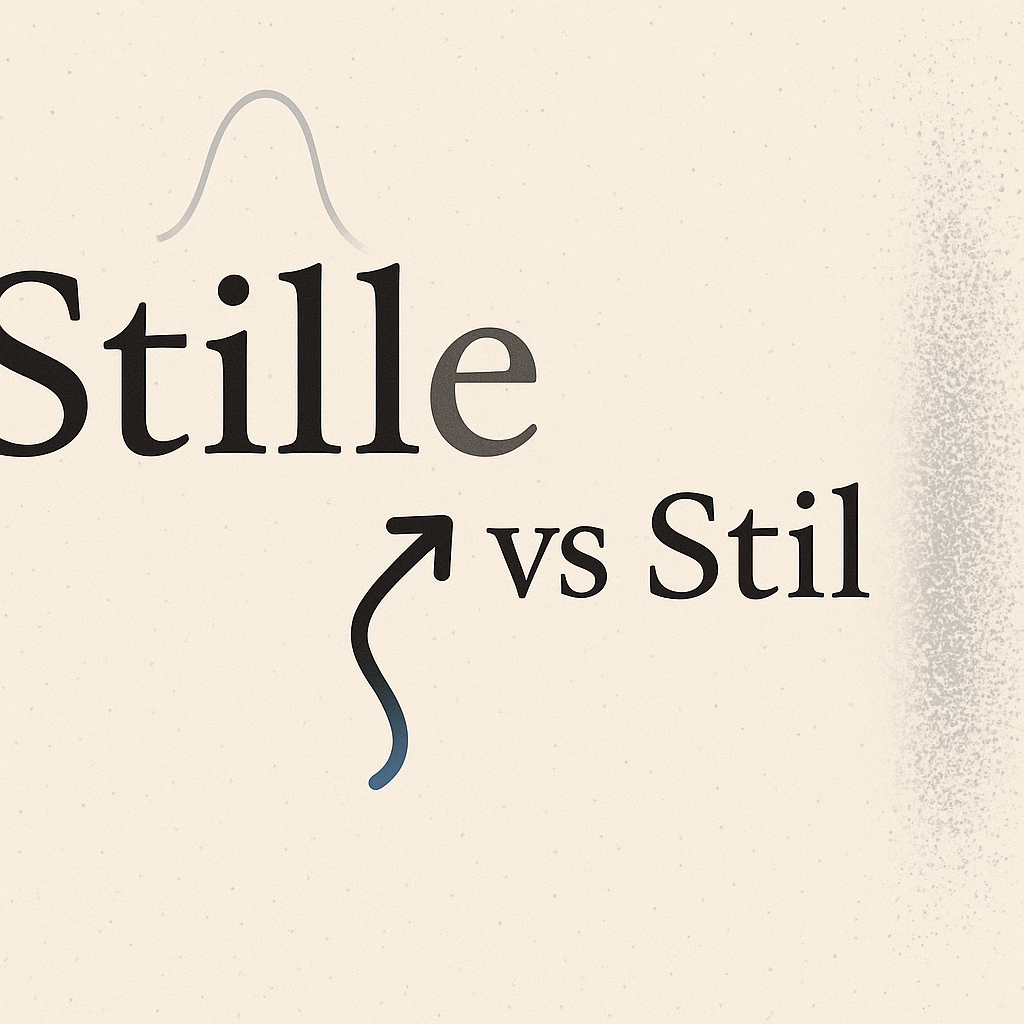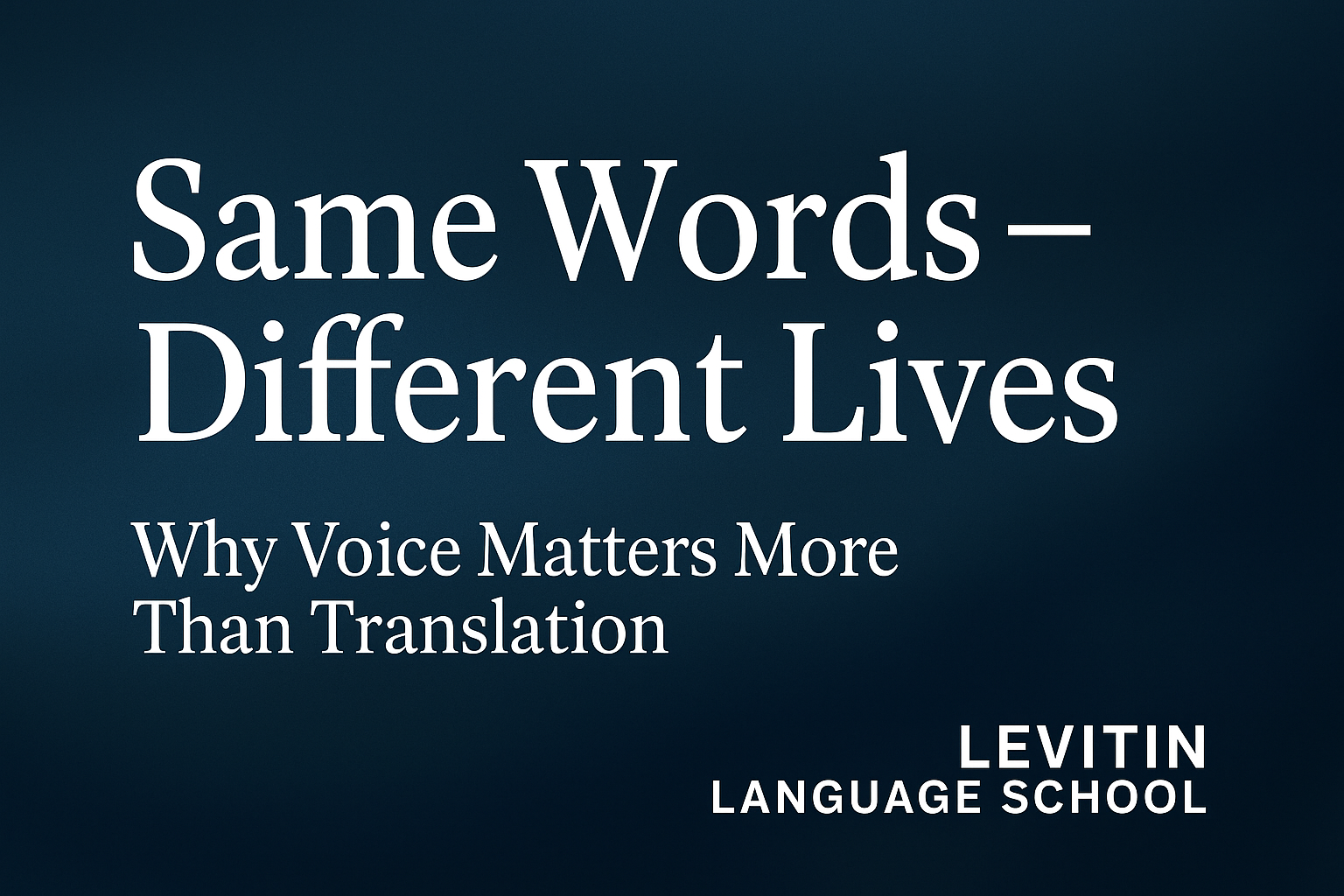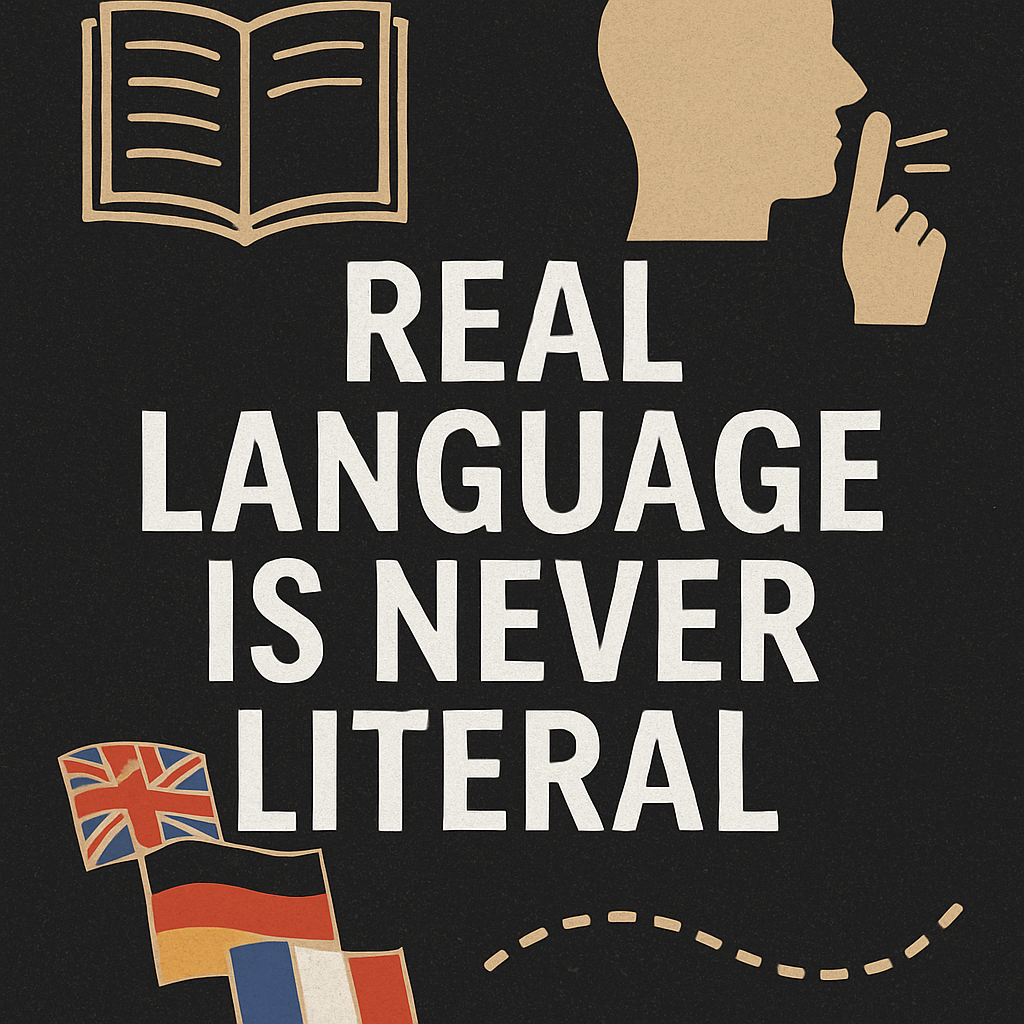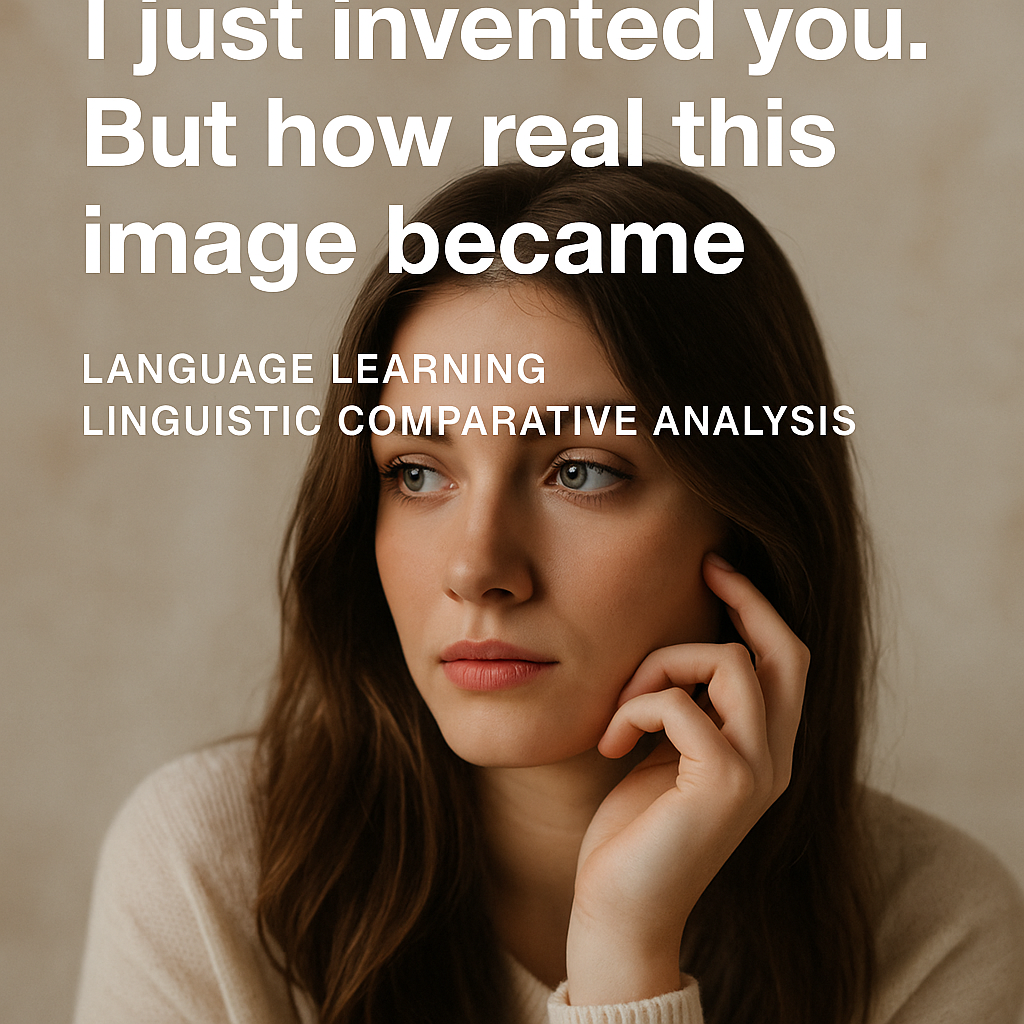© Тимур Левітін, засновник і директор мовної школи Start Language School by Tymur Levitin
Вступ
Перекладати художню літературу - це більше, ніж просто підібрати правильні слова, це ще й знайти правильний ритм, тон та емоційний еквівалент в іншій мові. Спираючись на більш ніж двадцятирічний досвід викладання та перекладу з української, російської, англійської та німецької мов, я розробив практичний та інтуїтивний підхід до подолання мовних та культурних відмінностей. Ця стаття, заснована на моїх академічних дослідженнях і професійній перекладацькій роботі, досліджує ключові стратегії, що лежать в основі емоційно точного художнього перекладу.
За межами буквального значення: Основна дилема
Перекладаючи художню літературу, перекладач постійно балансує між точністю та вільністю. Дослівний підхід часто призводить до незручних фраз або втрати сенсу, тоді як більш вільний - до спотворення авторського голосу. Завдання стає особливо складним, коли йдеться про емоційно забарвлений або культурно специфічний контент.
"Хороший перекладач знає безліч можливих варіантів перекладу. Чудовому перекладачеві навіть не потрібно більше думати про них".
Трикутник перекладача: Автор - Мова - Читач
Успішний художній переклад вимагає балансу між трьома основними силами:
- Авторський задум - зі збереженням авторської інтонації, емоцій та підтексту.
- Лінгвістична структура - забезпечення граматичної та стилістичної сумісності.
- Читацька приймальня - адаптація до культурних очікувань цільової аудиторії.
На практиці це означає прийняття свідомих рішень: Гумор зберігати чи адаптувати? Залишати метафори чи замінити їх? Це не просто технічні питання - це інтерпретаційні акти.
Порівняльний аналіз у дії
Ця стаття ґрунтується на порівняльному аналізі двох літературних класиків:
- На Західному фронті все спокійно Еріха Марії Ремарка
- Над прірвою в житі Д. Д. Селінджера
Обидва романи представляють різні виклики - від військового жаргону та травматичної оповіді до розмовного американського підліткового сленгу. У своєму перекладознавчому дослідженні я проаналізувала українські переклади уривків з обох книг, показавши, що емоційна еквівалентність часто була ціннішою за лексичну точність.
"Перекладач повинен не тільки знати, що означає те чи інше слово означає але й те, що це відчуває, що до носія мови".
🔗 Пов'язане читання
🧭 Ця стаття розширює концепції, представлені в нашій раніше опублікованій роботі, Розуміння реалій у перекладі: Культурні нюанси між мовами. Якщо в тій статті йшлося про культурну специфіку, то в цій - про стратегічні рішення перекладача при адаптації наративних текстів і збереженні стилістичної та емоційної точності.
Від теорії до інтуїції
Один із ключових висновків моєї роботи полягає в тому, що з часом теорія перетворюється на інстинкт. Перекладачі на початку кар'єри часто сумніваються в кожній структурі, правилі чи словниковій статті. З досвідом ці рішення стають підсвідомими - вони ґрунтуються на внутрішньому відчутті того, що "звучить правильно" в обох мовах.
Це не означає, що правила відкинуті. Це означає, що правила були поглинуті.
Реальне застосування в освіті
Як засновник і провідний викладач Start Language School Тимура Левітіна, я інтегрую ці принципи у викладання мови. Наш метод побудований на реальному спілкуванні, а не на вправах з підручника. Багато з наших викладачів не просто знавці мови - вони професійні перекладачі, лінгвісти та педагоги-практики з усього світу. Їхній досвід формує унікальний стиль викладання, в якому пріоритетами є ясність, адаптивність та використання мови в реальному житті.
Сила нашої команди полягає в її різноманітності - не лише походження, але й підходів.
Заключні думки
Хороший переклад непомітний. Коли він зроблений правильно, читач відчуває - не перекладача, а історію. Ця невидимість, однак, побудована на видимій майстерності як мови, так і інтерпретації.
Для тих, хто вивчає мову, перекладачів-початківців та викладачів, подорож починається з правил, а закінчується резонансом.
Автор: Тимур Левітін
Засновниця, директорка та провідна перекладачка
Мовна школа "Старт" від Тимура Левітіна
🌍 https://levitinlanguageschool.com
🇺🇸 https://languagelearnings.com







